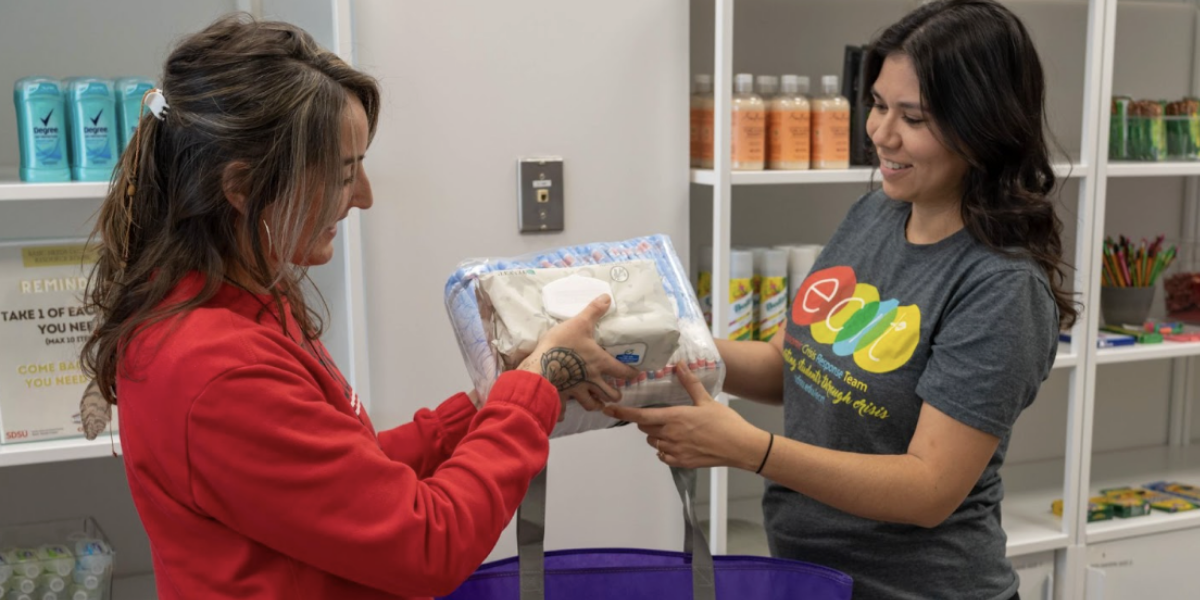San Diego State geography professor Ming-Hsiang Tsou and fellow SDSU researchers have begun using Twitter as a surveillance tool to track seasonal influenza.
For the past two years, Tsou has collaborated with the graduate school of public health, the geography department, the school of communication, the department of linguistics and the department of political science to track influenza through Twitter in hopes of understanding the correlation of people tweeting that they have the flu in the relation to those who have been diagnosed with the flu.
“The basic assumption is that when people get sick, some portions of those people are likely to tweet someone about their illness,” communication professor Brian Spitzberg said.
Through this assumption, Tsou and his team track tweets with the word “flu,” in order to see how many people are tweeting about the illness in general compared with those who actually have the flu.
Because there are a lot of people incorporating “flu” into their tweets, Tsou and his team filter Twitter results in order to make them more reliable.
“We have someone who manually reads each tweet and only inputs the tweets where people claim to be sick in the program data,” Tsou said.
After narrowing down all of this information, Tsou said the tweets show the actual amount of flu in a geographic area.
This study is the second in a series of studies that analyze the possibility if tracking tweets that pertain to actual flu symptoms.
Through the years, the correlation between the tweets and hospital data has been similar.
“One of the reasons this worked so well last year is because the flu that was coming was H1N1 where young people are more likely to get it than the older people,” Division of epidemiology and biostatistics associate professor Suzanne Lindsay said.
Lindsay points out that the high correlation seen in the past year is because of who was getting sick. If an older person is more affected by influenza one year, the tweet correlation would not be as high.
“I am seeing it as an adjunct to our public health surveillance system,” Lindsay said. “But it is showing some very interesting findings.”
This program is advantageous in comparison to waiting for a hospital to release the numbers of how many people are sick because it keeps people updated each day. The Center for Disease Control does a manual surveillance system but it is very costly and is delayed by at least two weeks. Waiting for the hospital to release this type of information is still considered the gold standard but because of its delay, the region-sensitive Twitter analysis benefits a community by working in real time.
“This allows a specific area to anticipate the flu season in almost real time, and with almost no expense, which is a significant advantage with the way in which flu is currently predicted,” Spitzberg said.
The funding for this project comes from the National Science Foundation. In 2010, the NSF awarded Tsou and his research team $1.3 million. The NSF recently renewed the award this year, which will last until 2019.















